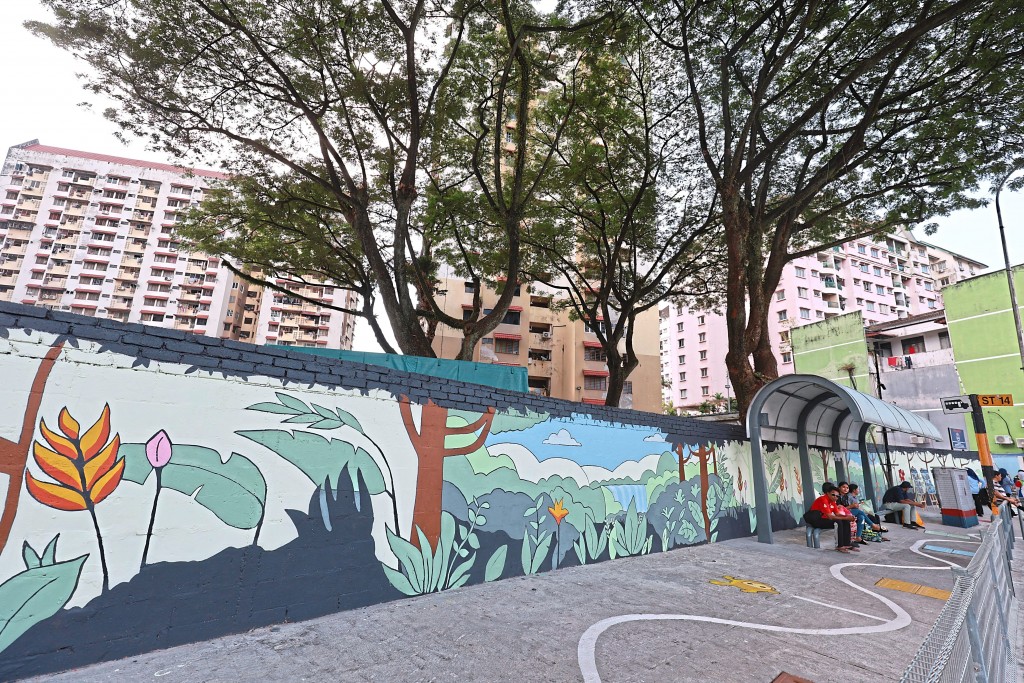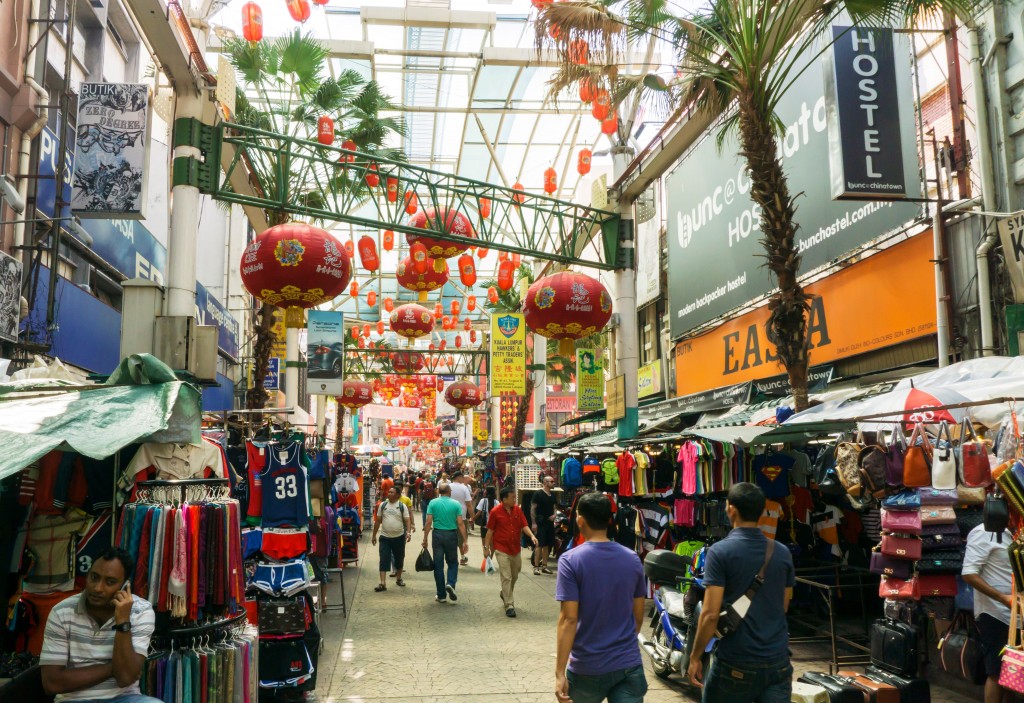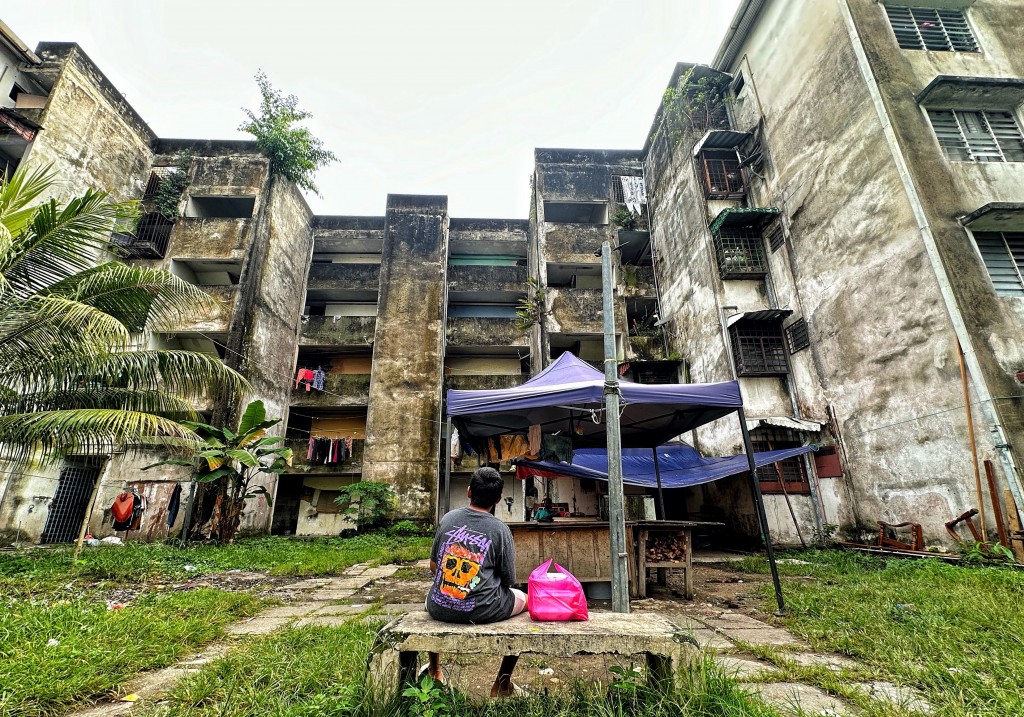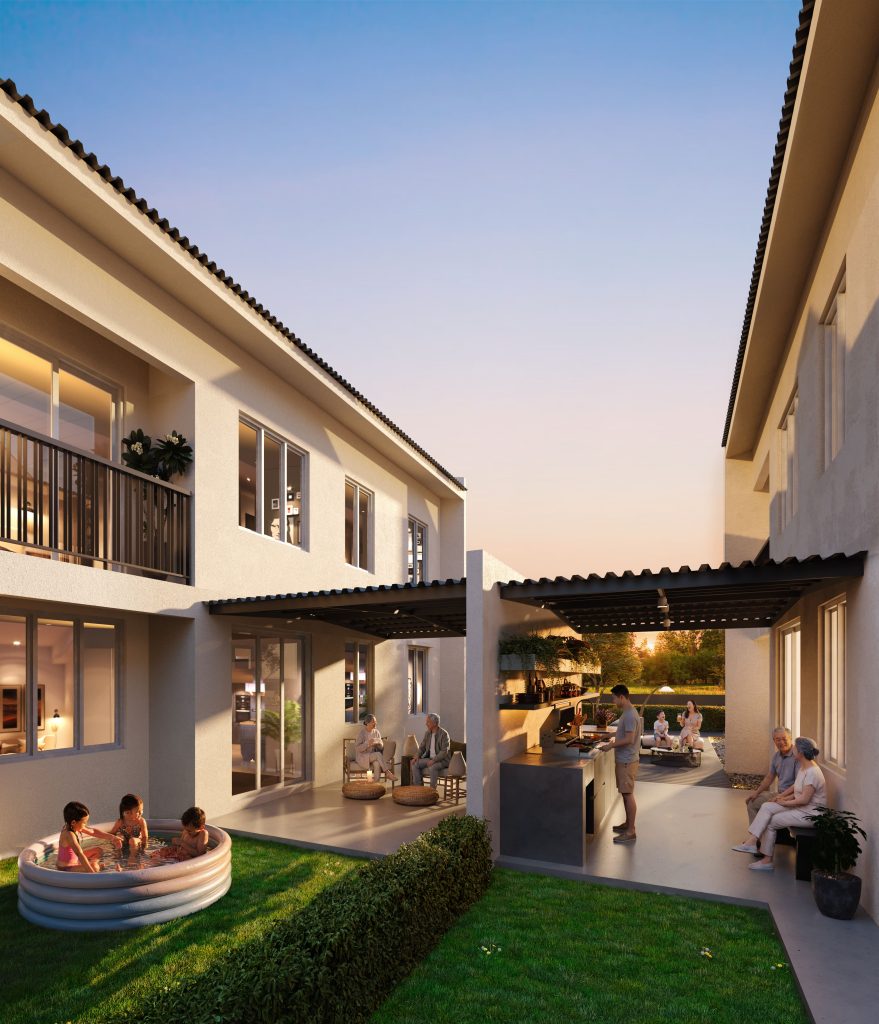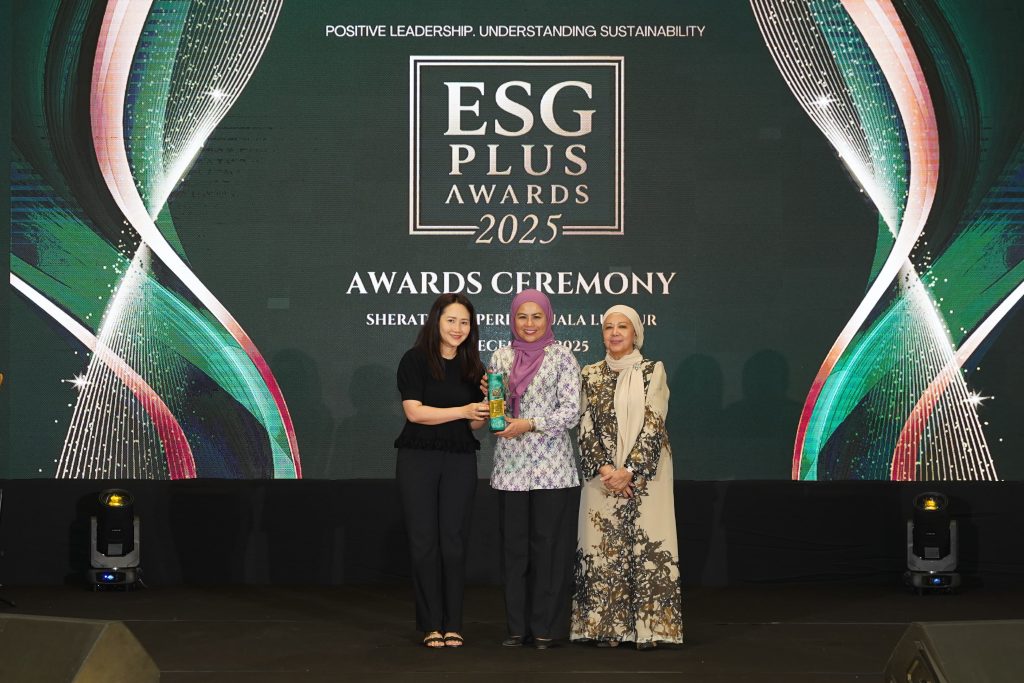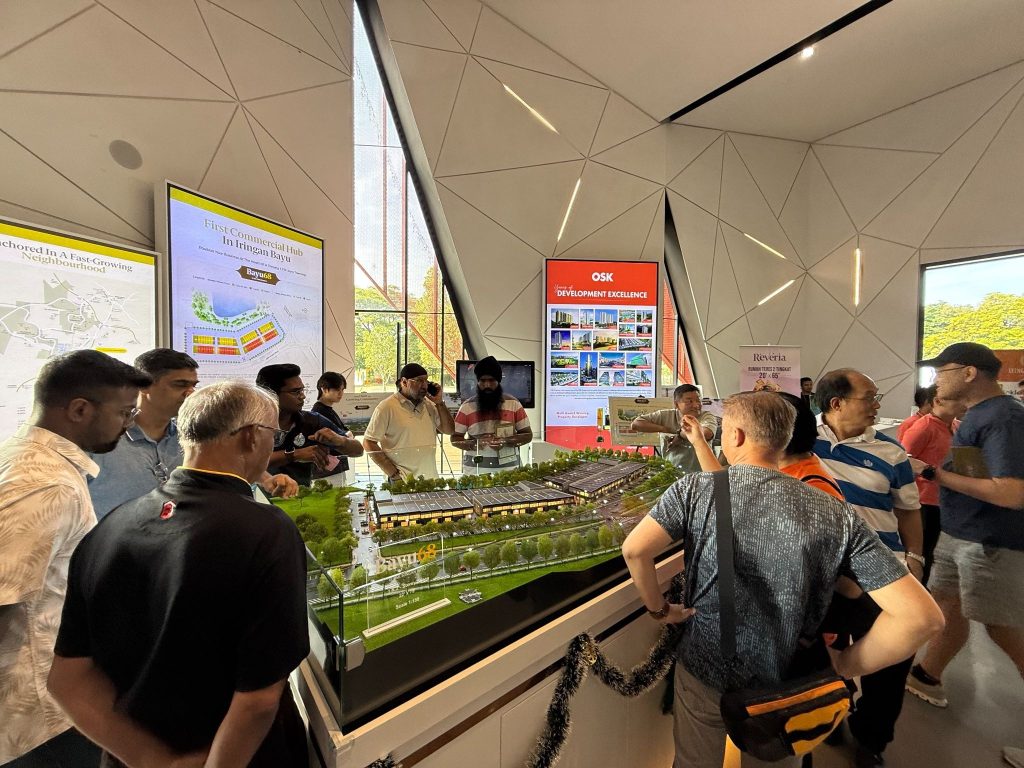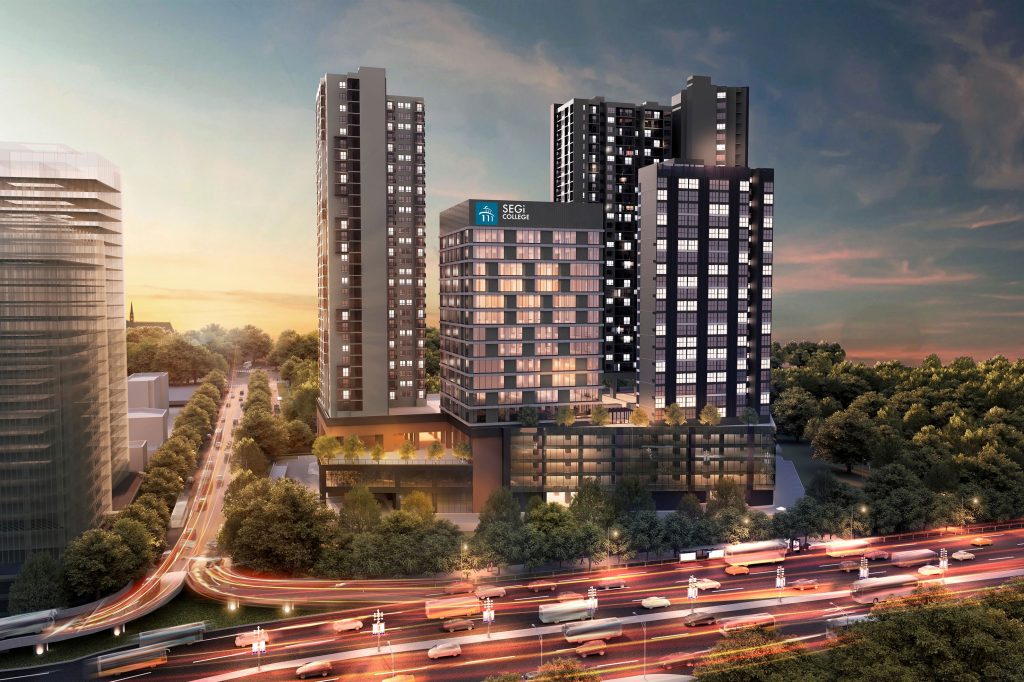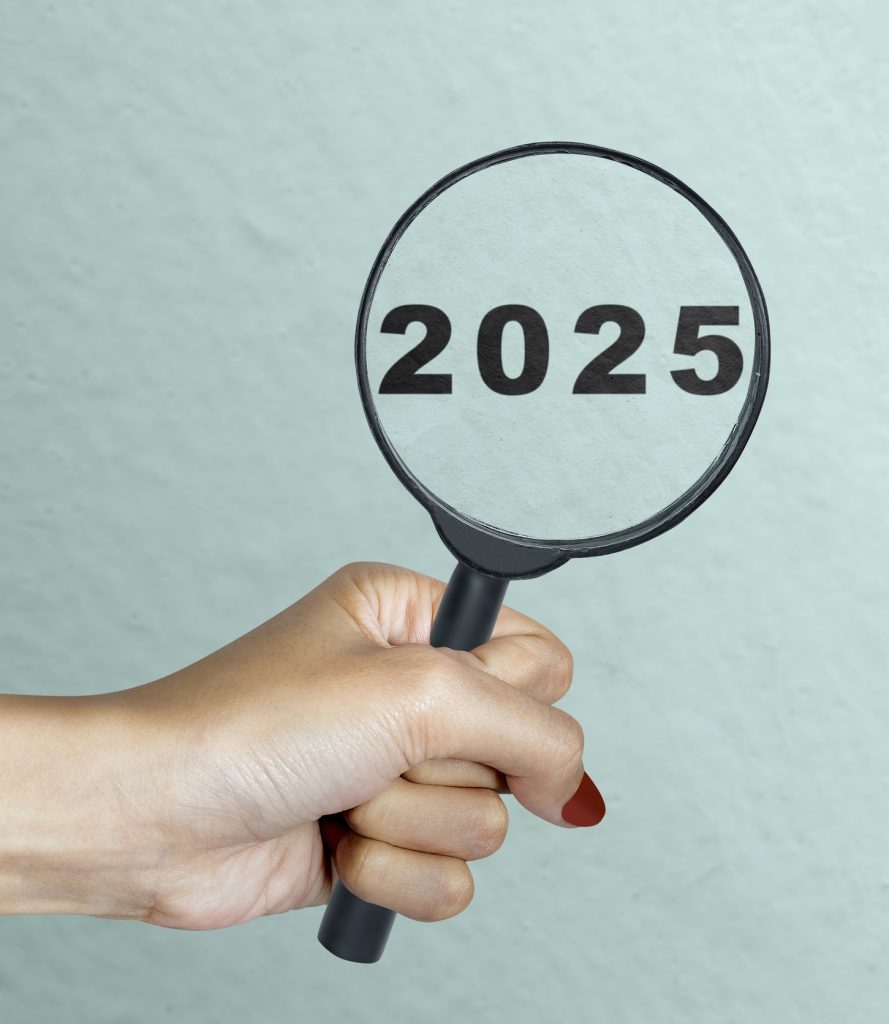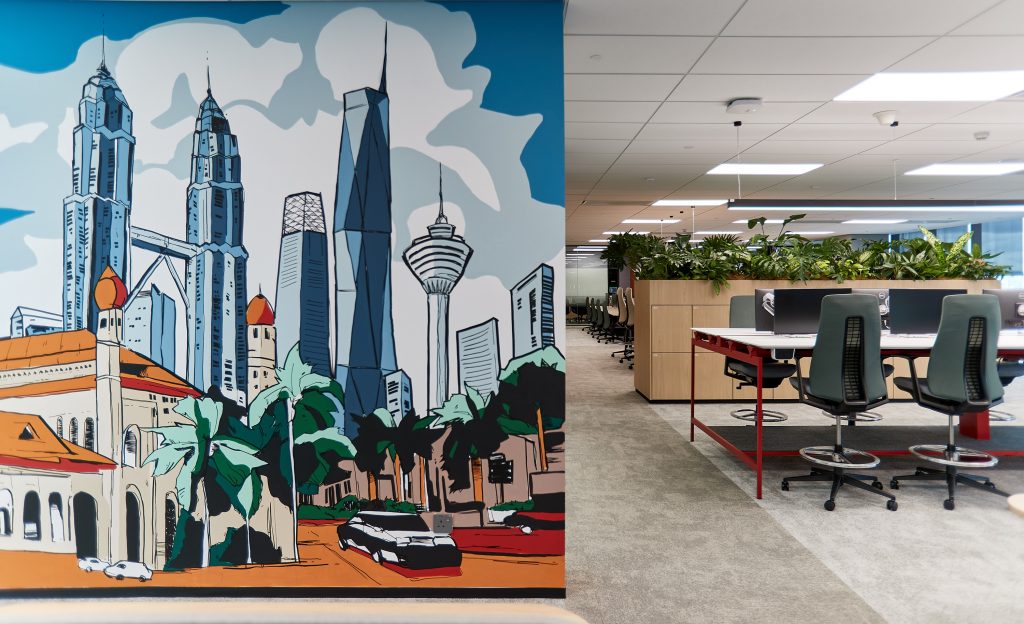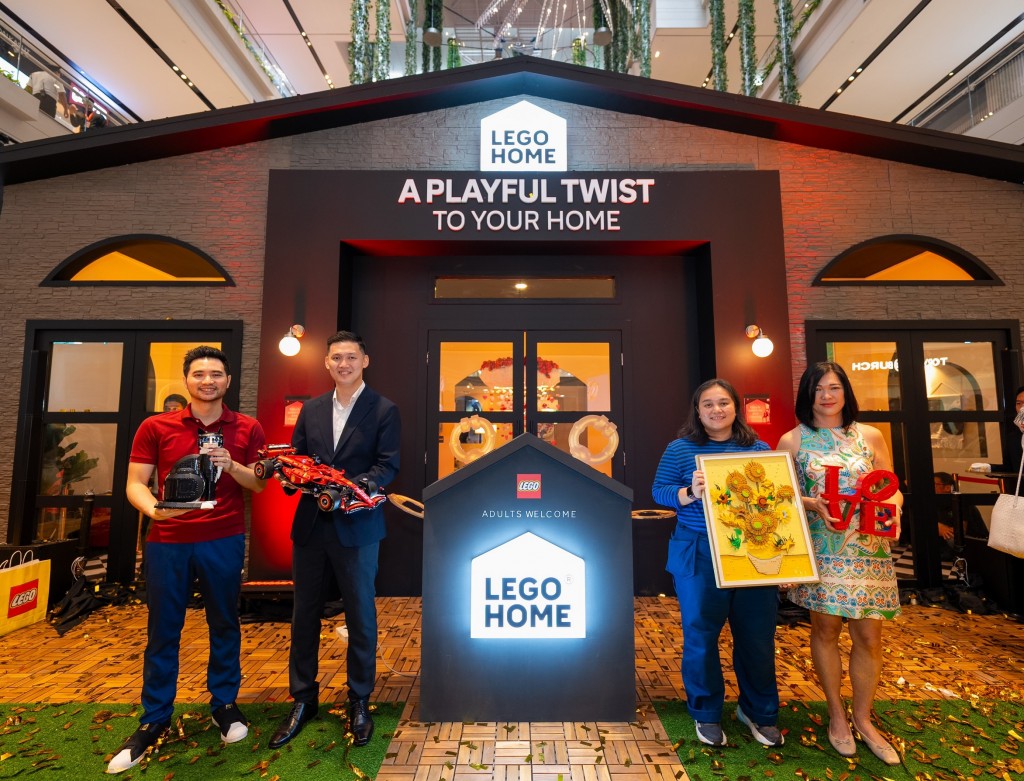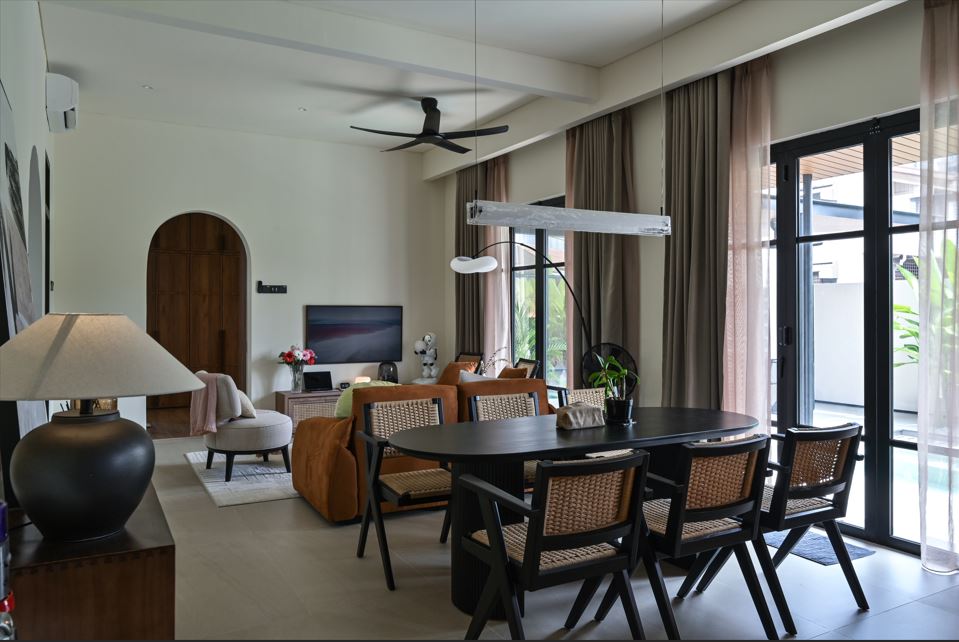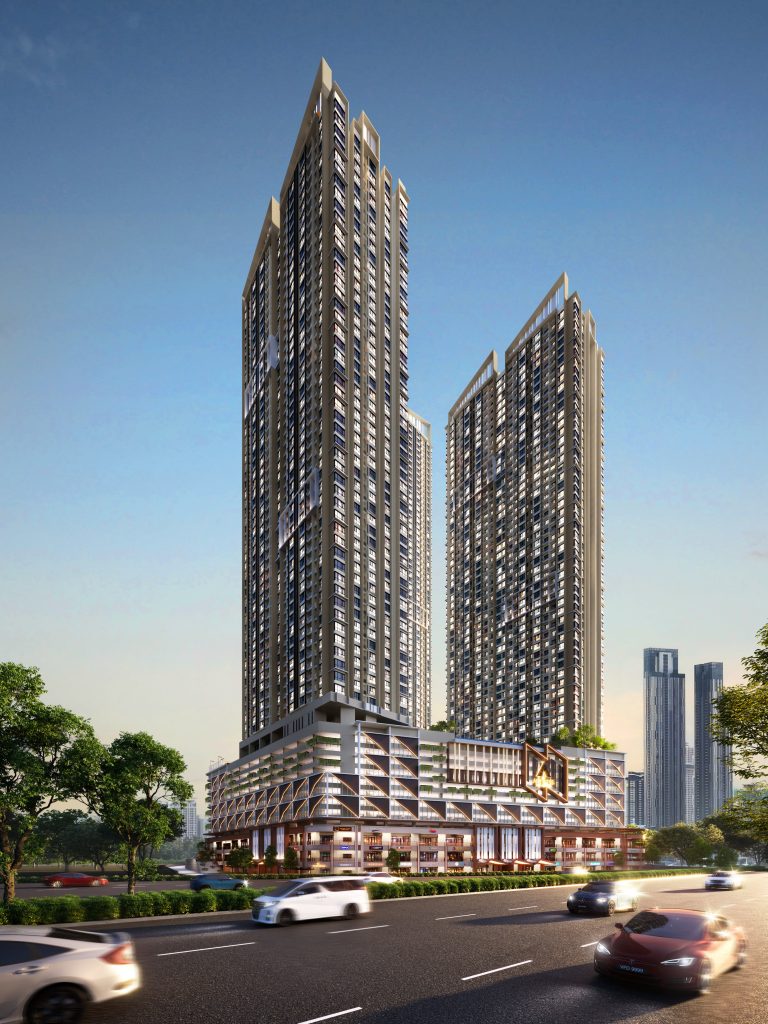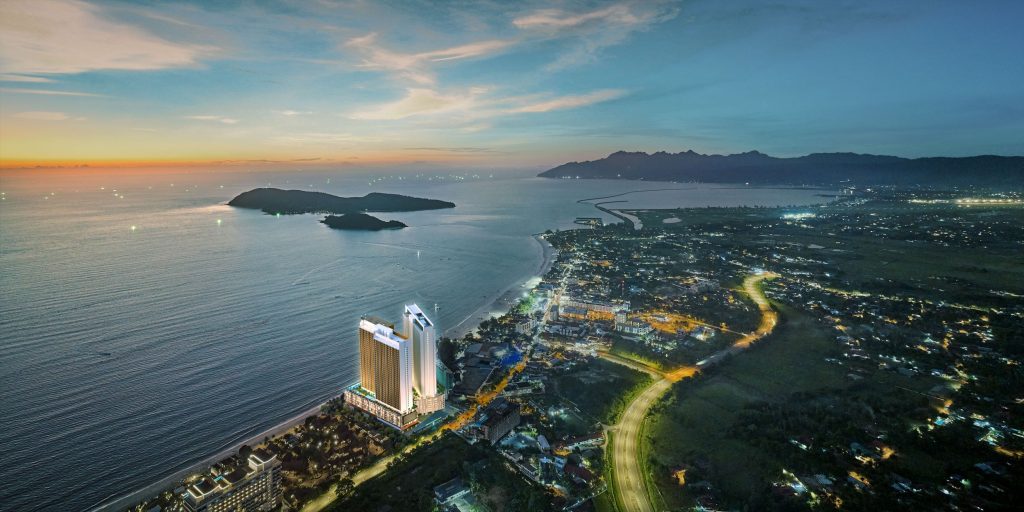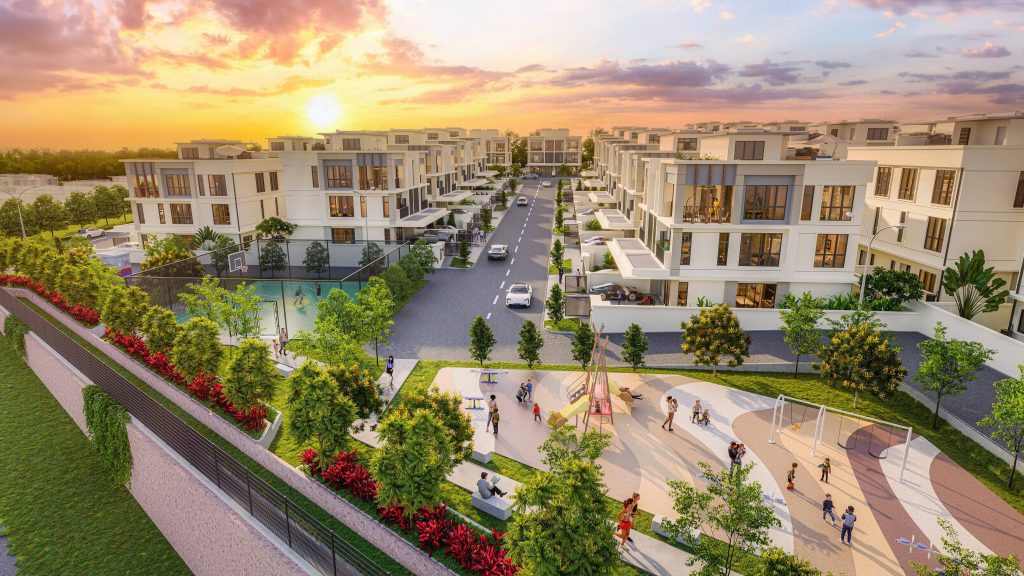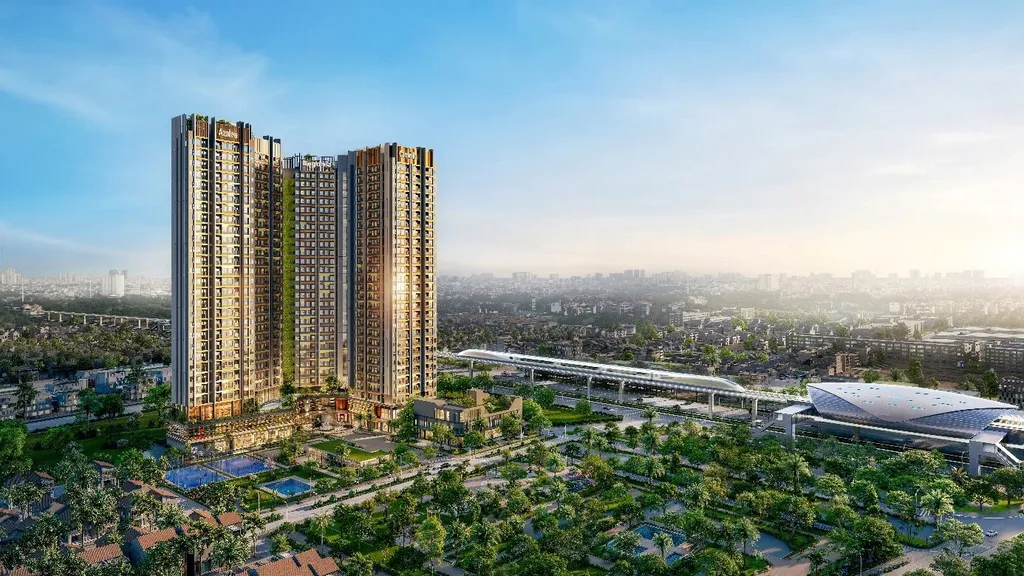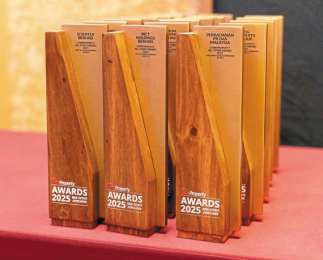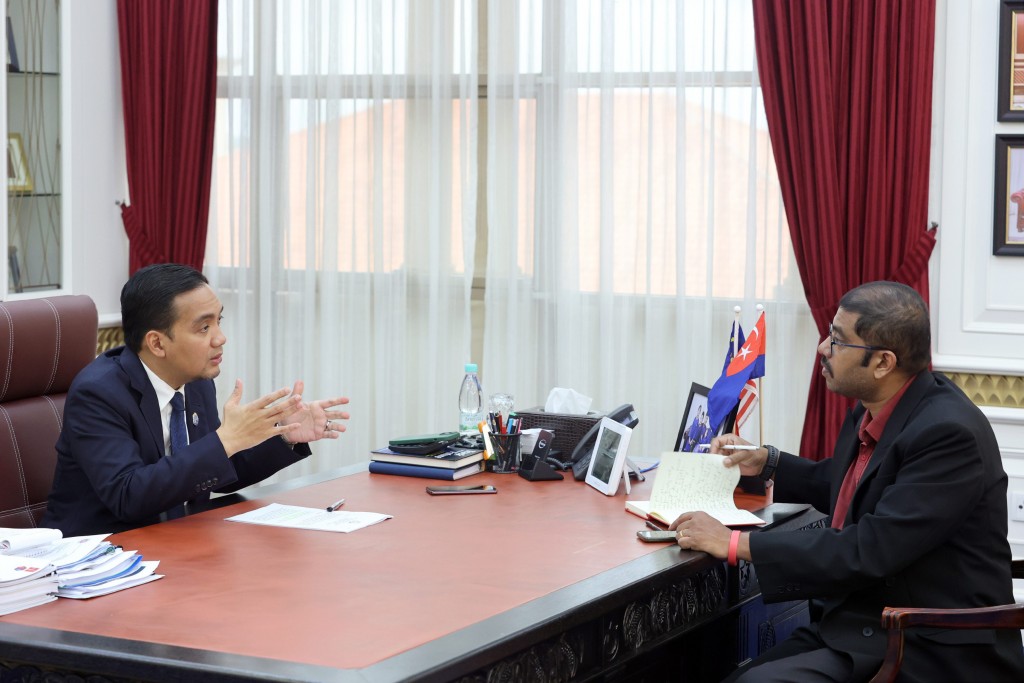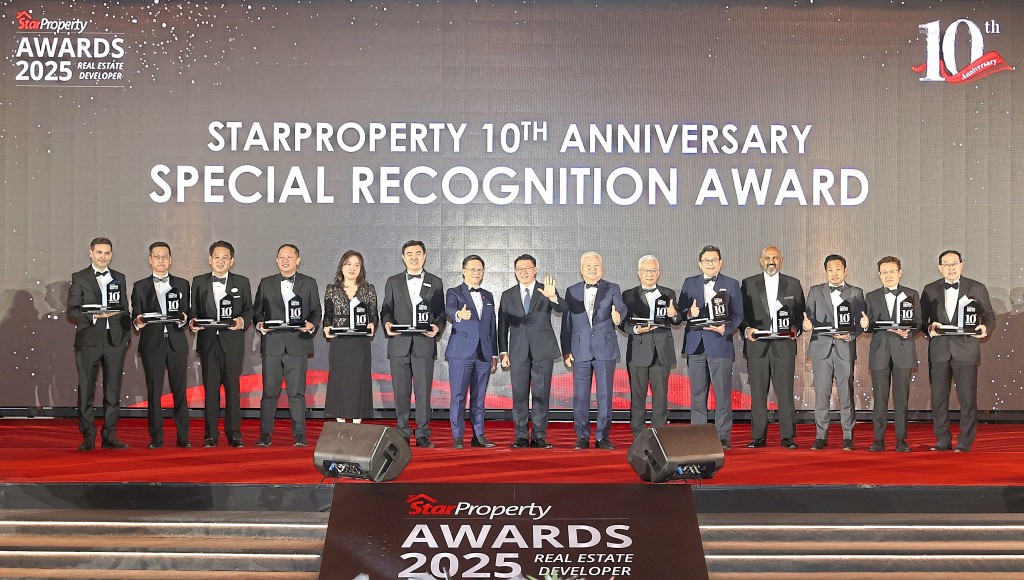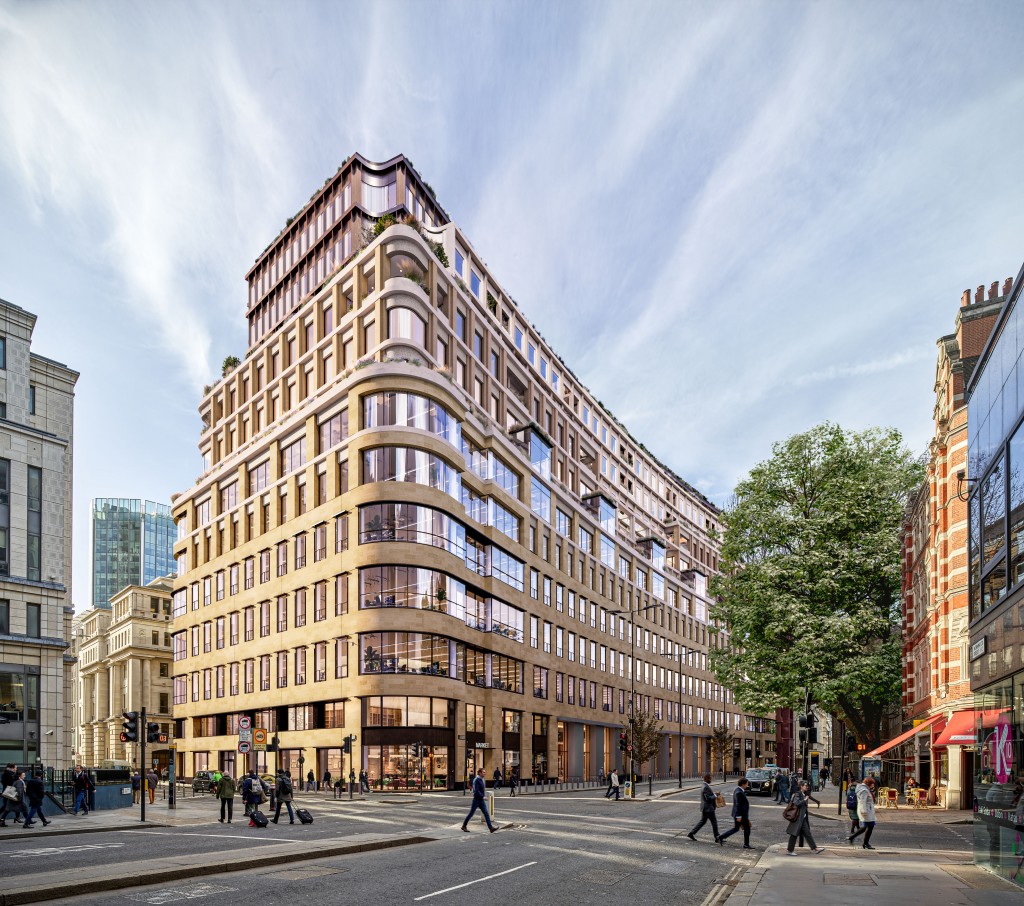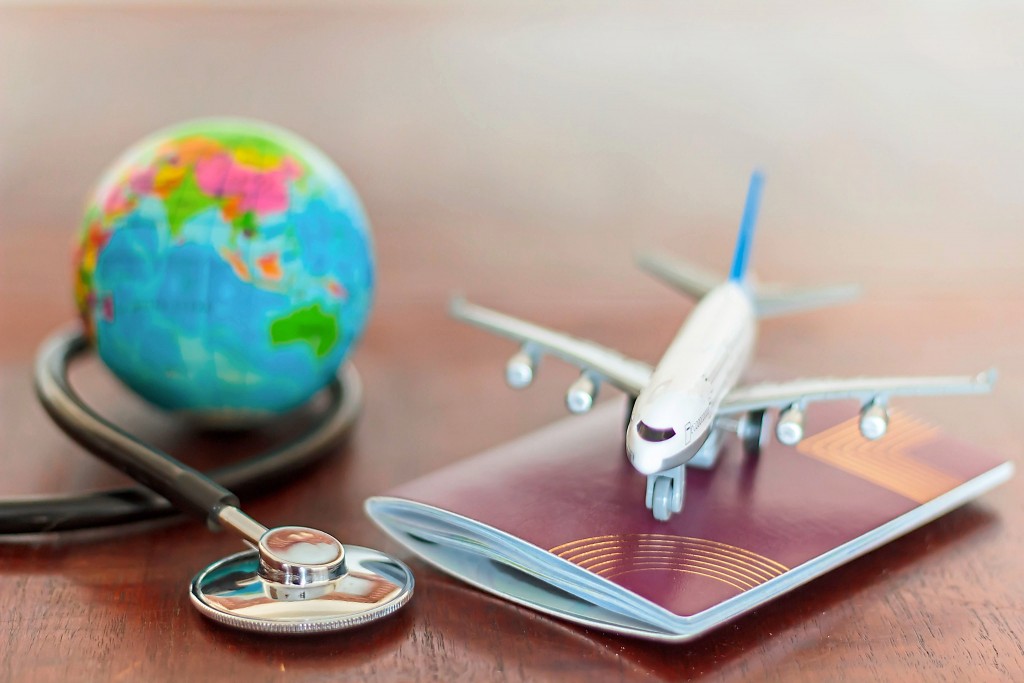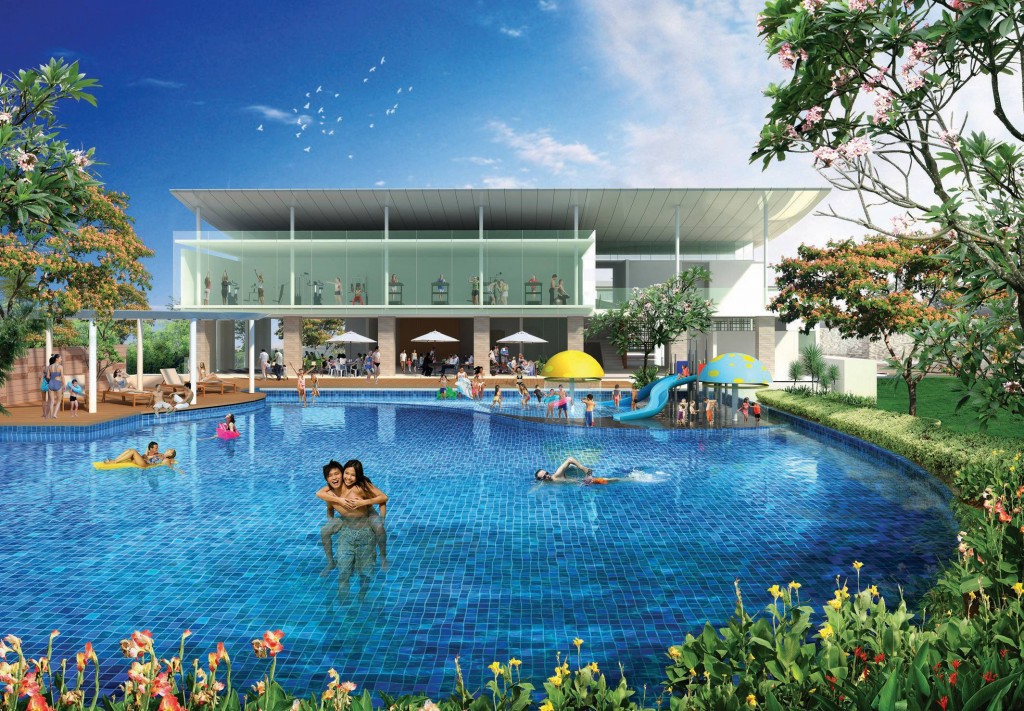In the midst of Kuala Lumpur’s rush-hour bustle, it is easy to forget that cities were once made for people on foot. Yet, quietly and steadily, Malaysia’s capital is rediscovering the very simple truth that great cities are best experienced at walking pace.
For decades, Malaysia’s urban landscape has been defined by speed. Wide highways, sprawling flyovers and endless car parks became symbols of progress. But as urban planners and citizens alike look towards sustainability and liveability, the ability to walk safely and comfortably through one’s own city has emerged as a far more meaningful measure of success.
How is walkability today?
In Kuala Lumpur, walking can still feel like a small adventure. Pavements are often uneven, crossings are far and few while walkways can vanish like phantoms without warning. A study titled Comfort of Walking in the City Centre of Kuala Lumpur found that although many people viewed walking as convenient, their comfort was limited by poor maintenance, exposure to heat and lack of continuity between pedestrian routes.
Yet, despite these hurdles, walking is enjoying a quiet revival. Local councils, developers and civic groups are beginning to see walkability not as a luxury but as essential infrastructure. Cities that are easy to walk in are also healthier, greener and more economically resilient. Pedestrian traffic supports small businesses, encourages tourism and encourages a sense of community, which are all benefits that cars alone cannot deliver.
Green connectors
Among the most ambitious initiatives underway is Kuala Lumpur’s Green Connector Network, a project which aims to link the city’s neighbourhoods, parks and landmarks through shaded, pedestrian-first corridors. These connectors transform back lanes and side streets into welcoming, tree-lined walkways, complete with benches, greenery and lighting.
This aligns with the Kuala Lumpur Structure Plan 2040, which calls for a more walkable, carbon-conscious city. The vision is to enable people to move seamlessly on foot between public transport nodes such as MRT and LRT stations, and destinations like Bukit Bintang, Kampung Baru and the River of Life promenade.
Additionally, efforts also include reviving the city’s traditional five-foot ways, which are essentially covered walkways found along older shopfronts. Once cluttered and forgotten, these shaded corridors are being cleared, restored and connected to new pedestrian networks. The result is not merely improved mobility but a renewed sense of place, as Kuala Lumpur’s heritage streets attempt to regain their rhythm and character.
The elusive prospect of walkability
Walkability is far more than an aesthetic pursuit. Around the world, cities that champion pedestrian mobility consistently rank higher in liveability, health and economic performance. A more walkable Kuala Lumpur would not only reduce congestion and emissions but also attract investment and tourism by offering a cleaner, calmer and more human-centred experience.
As Astro Awani observed in its feature Walking Our Way Towards More Sustainable Cities, active mobility is a practical path towards sustainability. Encouraging people to walk or cycle short distances helps to reduce private car use, easing traffic and improving air quality.
Accessible sidewalks also promote inclusivity. Seniors, children and persons with disabilities all benefit when footpaths are well-designed, shaded and continuous. A walkable city is at its heart a fair and inclusive one.
Pedestrian-friendly challenges
Still, Malaysia’s journey towards pedestrian-friendly cities is not without its bumps. Maintenance remains one of the biggest challenges. A cracked pavement or blocked walkway can undo years of planning. Without regular upkeep and enforcement, even the most carefully designed networks fall into disrepair.
Another concern is fragmentation. Pedestrian projects are often developed in isolation, such as a shaded corridor here or a dingy pocket park there. Not to mention the lack of linkages between them. The result is a patchwork of pleasant but disconnected spaces, which has been discussed extensively by experts and industry leaders alike in recent years.
Culture plays a role as well. For many Malaysians, driving remains the default. Decades of car-oriented planning have made walking seem inconvenient or even unsafe. Changing that mindset requires time, policy support and a good, consistent urban design that somehow rewards those who choose to walk.
Of course, there is also the tropical climate to contend with. Heat and sudden rain make shade and shelter essential features, not optional extras. Any successful pedestrian plan in Malaysia must account for this through covered linkways, tree canopies and well-ventilated paths that make walking comfortable year-round.
Integrated instead of forced
If Malaysia is to truly embrace walkability, the approach must be integrated. Urban experts suggest several steps that could make a real difference. Firstly, design with connectivity in mind. Pedestrian routes should form continuous networks that link homes, offices, shops and transit points rather than stopping abruptly at intersections. This ensures that walking becomes a seamless part of daily life.
Secondly, it is essential to adopt consistent standards. National guidelines for pavement width, slope, materials and accessibility can significantly raise the overall quality of pedestrian pathways, making them safer and more user-friendly.
Moreover, prioritising maintenance is crucial. A dedicated upkeep fund and clear accountability between local authorities and property owners would ensure that walkways remain safe and usable over time. Regular maintenance helps keep such walkways reliable environments for pedestrians.
In addition, encouraging shared stewardship among businesses and communities can play a vital role. By participating in the maintenance of adjacent pavements, local entities can nurture a sense of civic pride and ownership over their public spaces.
Finally, promoting a walking culture is important. Initiatives like car-free days, urban walking trails and even green tourism campaigns can help reshape public habits and perceptions, making walking a more attractive and accepted mode of transportation in urban areas.
Lessons from other Asian cities
Seoul’s Cheonggyecheon Stream, once a traffic-choked elevated highway, was transformed into a 10-kilometre riverside promenade lined with trees, public art and pedestrian bridges. Today, it draws tens of thousands of visitors daily, has improved air quality and reduced surrounding traffic. All this is proof that when cities give space back to people, the returns are immediate and impactful.
Singapore’s Park Connector Network and Bangkok’s Skywalk corridors provide further inspiration, showing how walkways can be woven through dense, tropical cities in ways that are shaded, safe and seamlessly connected.
Together, these projects demonstrate that walkability is not just a luxury but a long-term investment in a city’s liveability and identity.
A step in the right direction
Kuala Lumpur’s Green Connector Network and ongoing urban renewal projects suggest that Malaysia is beginning to take walkability seriously. The change may be gradual but it reflects a growing understanding that truly liveable cities are those designed for people first.
As Seoul’s Cheonggyecheon shows, transformation can start with something as simple as removing barriers and restoring beauty. When the city landscape invites pedestrians to slow down, explore and connect, walking stops becoming just a means of getting somewhere. Turns out, it actually becomes part of what makes being there worthwhile.
This article was first published in Starbiz7.
Stay ahead of the crowd and enjoy fresh insights on real estate, property development and lifestyle trends when you subscribe to our newsletter and follow us on social media.

